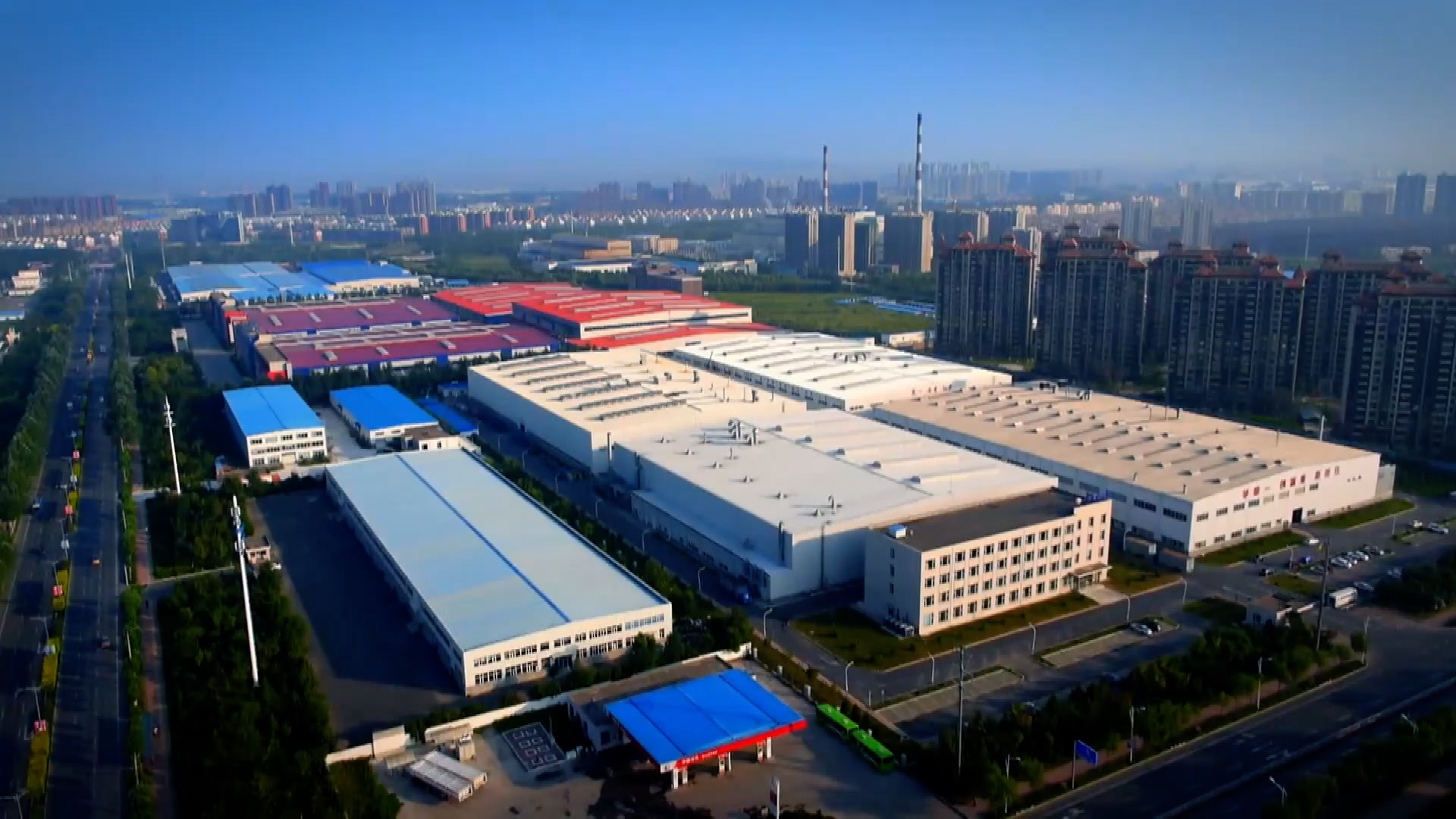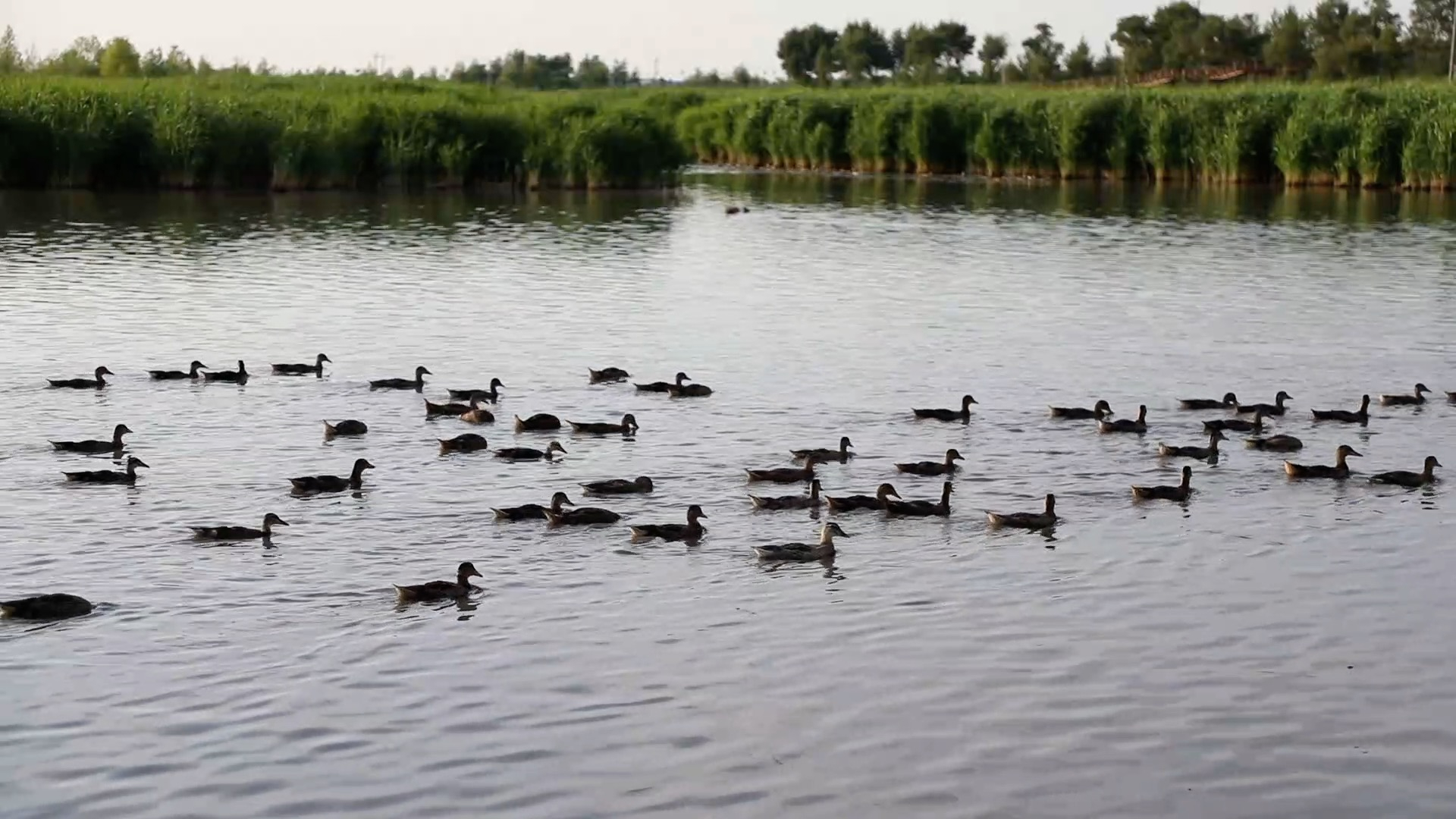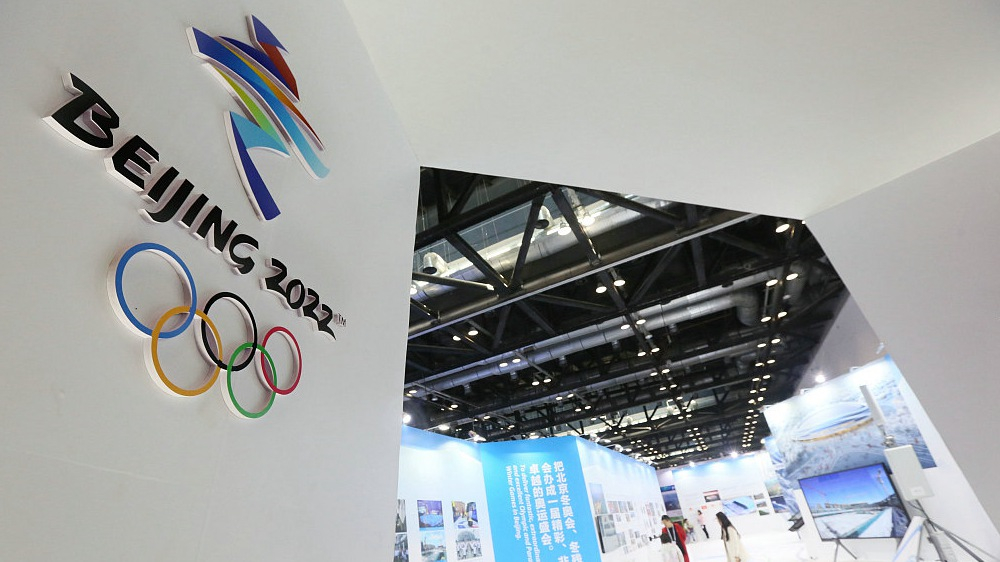

As one of the three provinces in the northeast – once nicknamed "the eldest son of the country", Jilin Province has long represented the pride and birthplace of China's industrial development.
Its name is closely related to many historic industrial products, including China's first automobile, the first bag of chemical fertilizer, first laser device, first microscope, first subway train, and many more. But the old industrial hub is facing economic slowing.
Although its economy hasn't yet reached a depression, its GDP growth rate fell to the bottom across the nation in the first quarter. There's a combination of factors – and most prominently, many believe the deeply-rooted state planning mindset continues to obstruct change, resulting in a poor climate for businesses.
Regeneration has thus become the main theme as Jilin struggles to shake off outdated development patterns to regain competitiveness. The call of revitalization came in 2015 highlighted by a visit to the region by President Xi Jinping who urged the region to deepen reform while pushing forward innovation to adapt to the current economic landscape.

China's next-generation high-speed train to serve on the line linking Beijing and Zhangjiakou /CGTN Photo
Manufacturers stand out with core technologies
Jilin has set ambitious goals for 2019 to promote industrial upgrading further and bring its industrial output growth one percentage point higher than in 2018. Just a few weeks ago, the first Global Summit on Manufacturing Services Outsourcing opened in Changchun – the capital city of Jilin – with several transnational cooperation deals signed.
It's one of the many examples that show the province's determination to accelerate industrial transformation and upgrading in the manufacturing sector, with a focus on areas such as automobiles, chemical engineering, and aerospace information. Some manufacturers have already proved that core technology can be a new driving force to a brighter future.
China's next-generation high-speed train is in the home stretch of testing and completion to serve the 2022 Winter Olympics on the line linking two host cities of Beijing and Zhangjiakou.
The train, expected to run at a maximum speed of 350 kilometers per hour, is assembled at China's leading production base in Jilin province. Deng Hai, a senior engineer of CRRC Changchun Railway Vehicle, said the new car, which cuts seven percent of energy consumption and has the new automated operation mode, marks a huge leap for China's electric multiple unit (EMU) trains. "We are now the only one in the world that manages self-driving high-speed trains," Deng emphasized.
Throughout the past half-century, the company had faced big challenges in overcoming technological bottlenecks, before it managed to produce China's first metro car, first magnetic-levitation train and first EMU train. And now, it is ready to compete with the world's railway vehicle manufacturing giants – with not just a low price but also outstanding performances.
"Now we have one of the world's fastest high-speed trains. And based on that experience, we aim to be a standard-setter that leads the world. Many of our systems have already gained popularity in the global market," said Deng.
And it's not just about ground transportation, the made-in-Jilin brand name is also winning in space. China's recently-launched Jilin-1 03A satellite is by far the lightest and lowest-cost among commercial satellites of one-meter high resolution.
Wang Dong, Deputy General Manager of its producer Chang Guang Satellite Technology, said the cost of establishing a whole satellite constellation is further reduced as the new product becomes smaller, lighter, more reliable and requires less power. "We planned to put 138 satellites in orbit by 2030, and under the new scheme we can get 100 done by 2022," Wang added.
The local satellite industry has been supported by regional subsidies and brain gain policies. And with that, the Chang Guang manager said they could further delve into their core technology. Now a series of Jilin-1 satellites can provide detailed remote sensing services for the government, companies, and participants in the Belt and Road Initiative.
Wang said they would actively meet the standards of users in the industry while keeping innovating the way of application. "We can give remote sensing information service to the mass public via networks. It will be one of our key directions and will have build-up effects," said Wang.
Other examples include cooperation between China's oldest automobile company in Jilin – the FAW Group – and Nokia to advance digital transformation in the development of smart connected cars. While some of these big names have already taken the lead, their success, in turn, brings opportunities to more high-tech players in the supply chain.
In the first half of 2019, the number of small-sized tech companies in Jilin province is reported to have increased by 92 percent compared with that in 2018. And the number of newly established expert workstation last year is the sum of that built in the past five years.

Chagan Lake becomes an important base for bird watching tourism and scientific popularization and research. /CGTN Photo
Hold on to the sustainable development strategies
The revitalization also requires the northeastern province to make use of its advantages and avoid the shortcomings. It has been diversifying its industrial structure and sticking to an environmentally-friendly plan.
Abundant natural resources including land, forest, minerals, wild plants, and water reserves which have primarily contributed to the rapid success of the province in the early days, but at the cost of sustainability. Now Jilin begins to help create a green and harmonious environment. It accelerates the treatment of water pollution in Liaohe River, and enhance ecological protection at its famous Changbai Mountain and Chagan Lake. The latter has become a popular tourist attraction of ice fishing in winter and a bird-watching destination in summer – a role model of eco-tourism in China.
Meanwhile, a series of clean energy projects are underway. The one in the city of Baicheng aims to eventually harness 15 gigawatt of solar PV – which is the largest yet announced in China to integrate renewable generation and hydrogen infrastructure within a so-called "hydrogen valley" producing more than one million tonnes of the fuel annually by 2035. And Baishan, a city heavily relying on non-renewable resources, recently adopts "nuclear energy heating system" to meet the local heating demand for an area over 80 million square meters. As for biomass power generation, Songyuan city is extracting chemical components from straws to produce fuel.

2022 Winter Olympics emblem /VCG Photo
Also worth mentioning is that Jilin has rich winter recreation resources, with abundant ice and snow. It holds ice exhibition, festival and fishing events every year, which has become a brand for the region. In 2019, more cooperation in winter sports training, research, equipment and ice, and snow tourism will be seen, for example, between Jilin and Finland. With the 2022 Winter Olympics going to be held in China, that will offer tremendous growth potential.
Apart from all that, its strategic geographical location is also a gift. As a gateway to the rest of northeastern China, as well as Russia and the DPRK, Jilin will be a pioneer to open its economy, tourism and agricultural resources to other countries, boosting regional development and better participating in the Belt and Road Initiative.
The province is building a transportation network of both road transportation and airlines. More cross-border cargo trains are expected to run between Changchun and Europe soon, taking advanced machinery equipment and electronic components from Changchun to Europe, and bring back meat, seafood and cars.
It will import more oil and gas from Russia and deepen cooperation with Japan and South Korea in high technologies, healthcare, culture, and intermediary services. It has promised to cut the negative list of foreign investors further and lower the barriers for them to enter the market, while supporting major local products, such as locomotives, automobiles and agricultural products to go global. Import and export volumes are expected to grow by six percent this year.
Late August, the 12th China-Northeast Asia Expo will be held at the capital city of the province, featuring the negotiation of China, Japan and South Korea free trade deal,cutting edge 5G technologies and many more. That all suggest a promising future that the province will reach the goal bring its glory days back.

Copyright © 2018 CGTN. Beijing ICP prepared NO.16065310-3
Copyright © 2018 CGTN. Beijing ICP prepared NO.16065310-3